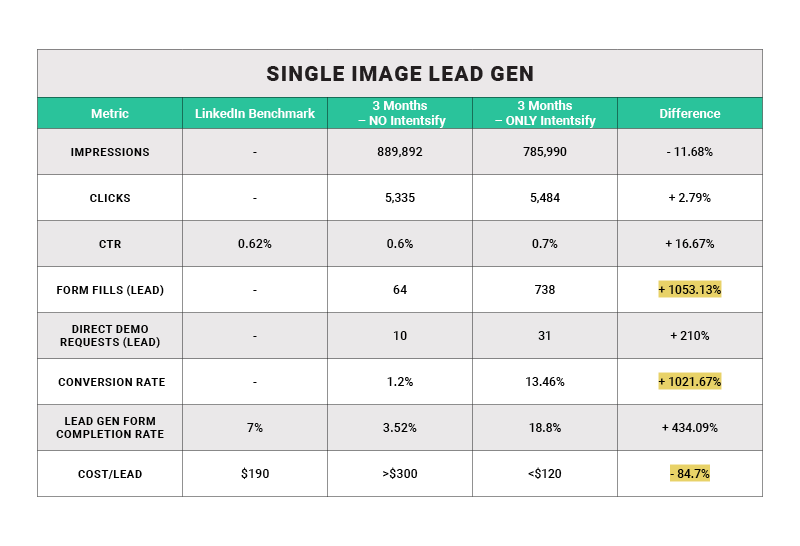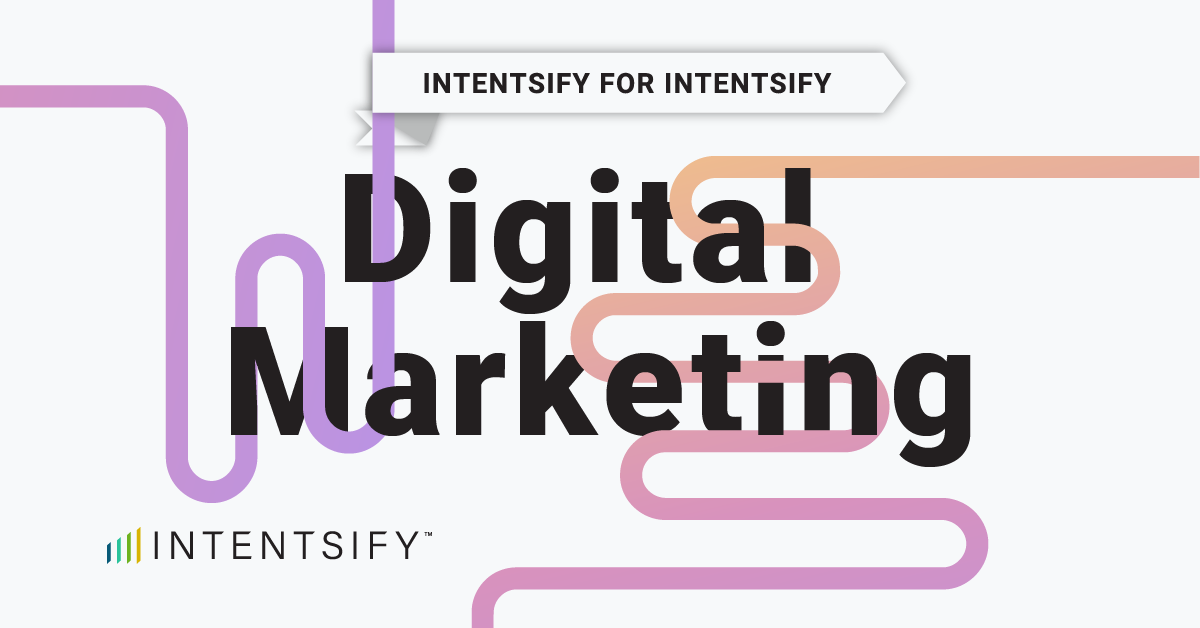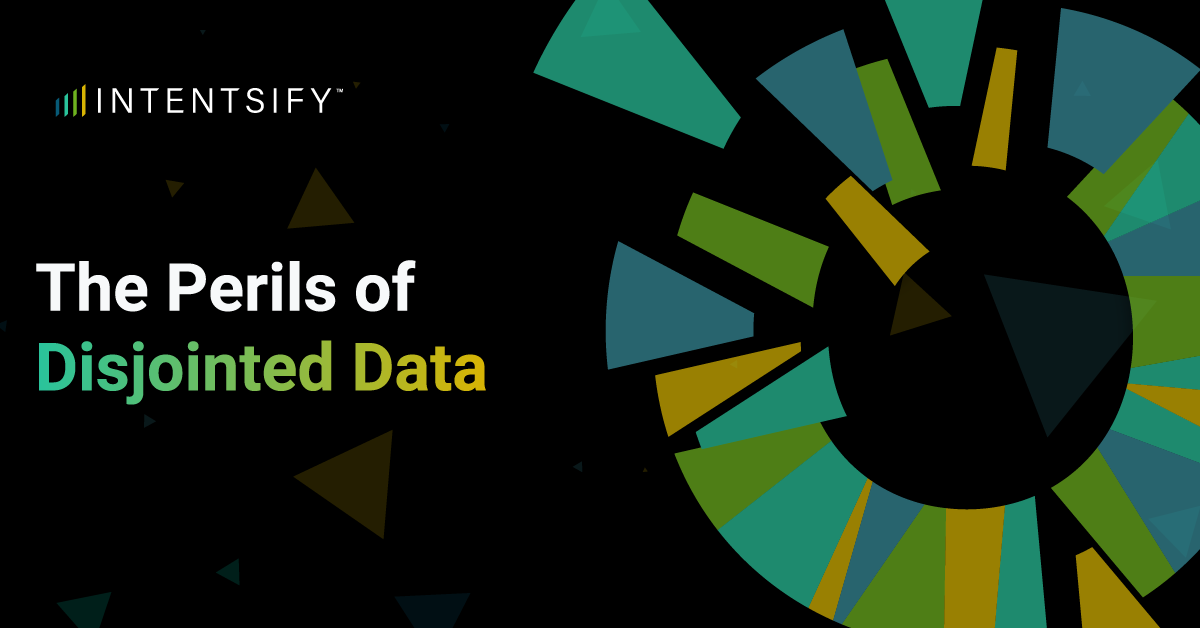Paid advertising is everywhere. And for B2B marketers, there are multiple channels to choose from—Meta, Reddit, Google, Bing, LinkedIn, etc. Each channel comes with its own set of capabilities, advancements, and restrictions. Deciding which platform best suits your business and drives the best results requires careful consideration. LinkedIn stands out as my personal favorite for embarking on a paid advertising journey.
Why LinkedIn?
There are many reasons why I prefer LinkedIn—it’s easy to navigate, understand, and expand on, and it boasts a large user base. LinkedIn is continuously enhancing its capabilities, offers training on different components, and most importantly, delivers the results you want to see.
It’s no secret, though; LinkedIn is the most expensive platform for running a paid strategy. Even with a great strategy, costs can escalate quickly. This can be daunting when integrating it into your campaigns. However, when executed correctly, LinkedIn is the most beneficial paid platform that you want in your strategy.
The Benefits of LinkedIn Ads
One of the key benefits of LinkedIn ads is their simple targeting capabilities. If you’re looking to target other professionals, odds are they’re LinkedIn members. In 2024, it was reported that LinkedIn holds 875 million members, with 16.2% logging in daily (approximately 114 million).
Thanks to LinkedIn’s audience targeting, you can easily select from a variety of options on who you want to reach, including industries, seniority levels, and group memberships. But is that all you need to get results? Definitely not.
With LinkedIn ads, building trust with your audience is crucial. A member who has never heard of your company or isn’t in the market to buy won’t fill out a form the first few times they see your ad. You need to segment and build a strategy accordingly. One effective method is signal-based marketing.
Understanding Signal-Based Marketing
If you’ve heard of intent data, you’re halfway there. Signal-based marketing is a newer term that’s equally valuable. Here’s how our CMO, Allie Kelly, explains it in our new eBook:
Intent data is the raw material. It’s the specific pieces of information you collect to indicate a customer’s interest in a particular product or service – like website visits, search queries, social media activity and content downloads. Signal-based marketing is the strategy. It’s how you use that intent data to inform your marketing efforts. This allows you to target them with more relevant and personalized marketing messages at the right time in their buyer journey.
At Intentsify, there are multiple sources and buying signals we track to gauge intent. Each intent model is customized to your business and tracking needs, ranging from website visits and search terms to LinkedIn engagement and more. These signals contribute to a dynamic1 score that shows which accounts are showing the closest alignment and potential interest in your solution.
Intentsify for LinkedIn Audience
LinkedIn offers multiple audience list types you can upload into your account, broken into two categories: matched and predictive.
- Matched Audiences match your data input (company and/or contact) to associated LinkedIn members.
- Predictive Audiences is a new feature replacing the traditional “look-a-like” audience.
Intentsify supports all these options, allowing you to customize your target audience list with applicable features.
Using Intentsify Data
With Intentsify, I can export an intent-based account list and upload it into LinkedIn. I can also create a predictive audience from our buyer contact data associated with intent-active accounts.
Having Intentsify data to power our LinkedIn ads ensures that my allocated budget is spent on users associated with accounts demonstrating active intent towards our business solution.
The Results
Data speaks volumes. With Q2’s completion, comparison data is ready to be shared. The only difference between these quarterly campaigns was the data powering ad delivery and the main asset running. Applicable messaging, budget, headlines, targeted job titles, ad formats, campaign goals, etc., all remained the same.
Here is the breakdown:
 Skip to the bottom of the blog for a list of metric definitions
Skip to the bottom of the blog for a list of metric definitions
When I compare metrics, I ask myself one question – did I reach the right people?
The main component to note here is the difference in impressions served, and how it impacted the other key performance indicators (KPIs). I see a lot of marketers get hung up on the number of impressions served, but there is much more that goes into determining success.
At the conclusion of this test, the total number of impressions served went down by just over one-hundred thousand, and the number of users that engaged (clicked) on the ad only increased by around 150. However, the number of form fills, completion rate, click to conversion percentage grew substantially. And the overall cost per lead dropped. This tells me that we successfully served the right ads to the right people, deeming the Q2 campaign a major success.
Conclusion
Running LinkedIn ads can be expensive, and you can waste a lot of money if it’s not done correctly. Leveraging intent data to power your signal-based marketing approach is key to running successful, cost-effective campaigns that deliver timely results.
There’s much more to launching a successful LinkedIn campaign than what I’ve covered here. For a more in-depth look, download our eBook on how Intentsify uses Intentsify to power our pipeline. Subscribe to our blog and follow me on LinkedIn to stay updated as we continue to build content on this topic.
Defining Metrics
Impressions: The number of times your content was displayed on a members feed.
Clicks: How many times members clicked on your ads.
Click-through-rate (CTR): Number of clicks divided by impressions served, times 100, for a percentage value.
Form Fills (leads): How many members clicked on your ad, filled out and submitted the associated lead gen form.
Direct Demo Requests: How many members clicked on the call the action (CTA), “Request a Demo,” filled out and submitted the lead gen form.
Conversion Rate: The percentage of members that clicked and either filled out the form directly on the platform or went to the website and filled out a form.
Lead Gen Form Completion Rate: The percentage of the members that opened and submitted a lead gen form.
Cost per Lead (CPL): The total spent on campaigns divided by the number of leads submitted, telling you how much you spent to generate each lead.






